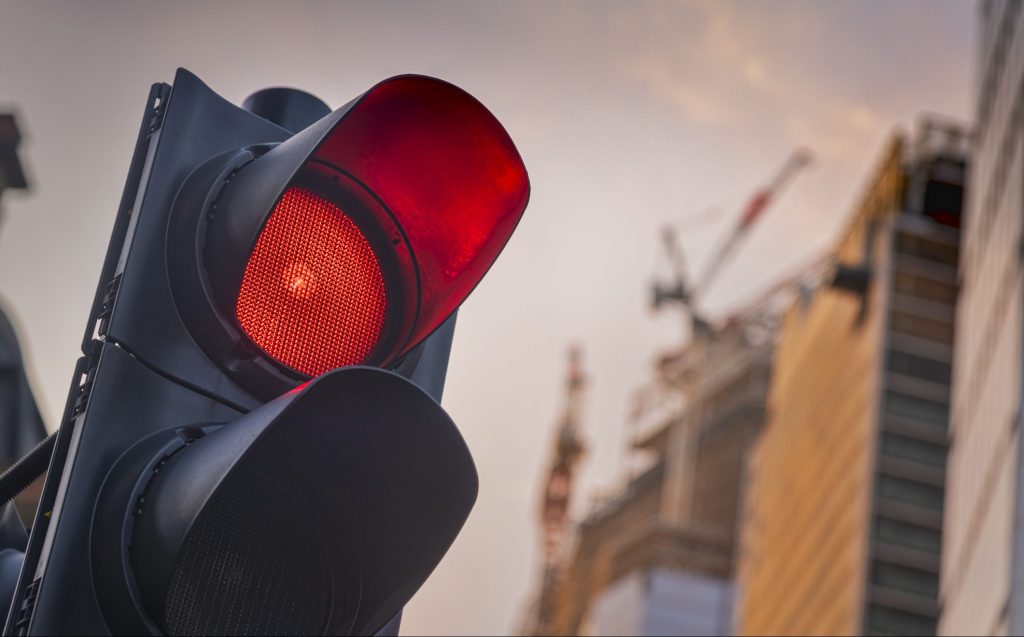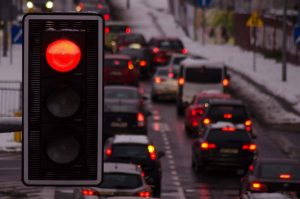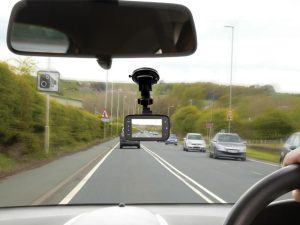Traffic rules are an essential part of keeping our cities safe and functional. One regulation that sparks ongoing debate is the right-turn-on-red (RTOR) rule. Across the United States, there’s a patchwork of laws governing RTOR, with some states allowing it universally and others implementing stricter limitations. In New York, the situation is even more complex. Upstate New York, generally outside of New York City (NYC), follows the standard practice of permitting right turns on red lights after a complete stop, yielding to pedestrians and oncoming traffic. However, within the bustling metropolis of NYC, a different rule applies.
This article delves into the current state of the RTOR rule in New York, focusing on a potential update specific to NYC in 2024. We’ll explore the arguments for and against allowing right turns on red in NYC, analyze the potential impacts, and discuss the public opinion and decision-making process.
Background on Right-on-Red Laws in the United States
The concept of RTOR originated in the 1970s as a fuel-saving measure during the oil crisis. The idea was that allowing right turns on red lights, after coming to a complete stop and yielding the right of way, could reduce idling time and improve traffic flow. This strategy gained traction across the country, with many states adopting RTOR laws. However, the implementation details vary. Some states have blanket permissions, while others have restrictions based on factors like time of day, presence of pedestrians, or specific intersections.
The Federal Highway Administration (FHWA) offers guidelines for RTOR laws, but ultimately, individual states have the authority to establish their own regulations [1]. This decentralized approach leads to the current situation where drivers navigating different states need to be aware of the specific RTOR rules in each location.
Current Right-on-Red Rule in New York State (Outside NYC)
Outside of New York City, the state follows the standard RTOR practice. Drivers approaching a red light can turn right after coming to a complete stop, yielding to pedestrians crossing the street they intend to turn onto and oncoming traffic with the right of way. There might be specific intersections with posted signs prohibiting right turns on red, but in general, RTOR is permitted throughout upstate New York.
Right-on-Red in New York City: A Different Story
New York City stands out within the state with a stricter approach to RTOR. Currently, right turns on red lights are generally prohibited throughout the five boroughs. This rule aims to prioritize pedestrian safety in the densely populated and fast-paced environment of NYC. The high volume of pedestrians crossing streets, coupled with the presence of delivery cyclists and crowded sidewalks, necessitates a more cautious approach to traffic flow.
However, there are some exceptions. Specific intersections within NYC might have designated signage explicitly permitting right turns on red after a complete stop. These designated intersections are carefully evaluated by the New York City Department of Transportation (NYC DOT) based on factors like pedestrian activity, traffic volume, and sightlines.
Proposed Changes to the Right-on-Red Rule in New York City (2024)
In 2024, the possibility of revising the RTOR rule in NYC has sparked discussions. Proponents of allowing right turns on red argue that it could improve traffic flow, particularly during off-peak hours when pedestrian activity is lower. They reason that the time saved by allowing right turns on red could translate to reduced congestion and shorter commutes.
Arguments for Allowing Right Turns on Red in NYC
- Improved Traffic Flow: Supporters believe that allowing RTOR, particularly during less busy times, could reduce idling and improve traffic flow. This could potentially lead to shorter commute times and increased efficiency for drivers and delivery services.
- Economic Benefits: Reduced congestion could have a positive impact on the city’s economy. Faster-moving traffic could benefit businesses and delivery services
Arguments Against Allowing Right Turns on Red in NYC
Opponents of changing the RTOR rule in NYC raise concerns about potential safety risks and unintended consequences. Here’s a breakdown of their arguments:
- Pedestrian Safety: A primary concern is the potential impact on pedestrian safety. Opponents argue that allowing right turns on red could increase the risk of collisions between turning vehicles and pedestrians crossing the street. They highlight the already crowded sidewalks and complex pedestrian traffic patterns in NYC, which could be further complicated by right-turning vehicles.
- Cyclist Safety: Similar concerns extend to cyclists, who share the road with vehicles. Opponents worry that drivers making right turns on red might not yield properly to cyclists, leading to accidents.
- Enforcement Challenges: Adding another layer of complexity to traffic rules could pose challenges for enforcement. Police would need to adapt their strategies to monitor compliance with the new RTOR regulations, potentially diverting resources from other areas.
- Negligible Impact on Traffic Flow: Opponents argue that the potential benefits of improved traffic flow might be overstated. They point out that NYC’s traffic congestion is often caused by factors beyond right-turn delays, such as limited road space, high traffic volume, and frequent public transportation use.
Potential Impact of Allowing Right Turns on Red in NYC
The potential impacts of allowing right turns on red in NYC are multifaceted, affecting traffic flow, pedestrian and cyclist safety, and even the environment. Let’s delve deeper into each of these areas.
- Traffic Flow and Congestion: Whether allowing RTOR would significantly improve traffic flow is a point of contention. Studies in other major cities with similar traffic patterns have shown mixed results. Some studies show a slight decrease in congestion, while others indicate minimal impact. The specific impact on NYC’s unique traffic dynamics would require careful analysis by traffic engineers considering factors like intersection design, pedestrian volume at different times of day, and overall traffic patterns.
- Pedestrian and Cyclist Safety: The potential risk to pedestrians and cyclists is a major concern. Opponents argue that allowing right turns on red could lead to an increase in accidents involving pedestrians and cyclists who might be more vulnerable compared to drivers in larger vehicles.
- To mitigate this risk, implementing RTOR with strict enforcement and clear signage for both drivers and pedestrians would be crucial. Additionally, designated pedestrian crosswalk phases with proper signal timing would need to be maintained to prioritize pedestrian safety.
- Environmental Impact: The environmental impact of allowing RTOR is another factor to consider. While improved traffic flow could potentially lead to a slight reduction in idling time and emissions, the overall impact might be negligible. Additionally, increased traffic volume due to potentially shorter commutes could offset any environmental gains.
Public Opinion and the Decision-Making Process
The decision to potentially change the RTOR rule in NYC would involve a multifaceted process considering public opinion, data analysis, and expert input. Here’s a breakdown of the key players involved:
- Role of the New York City Department of Transportation (NYC DOT): The NYC DOT plays a central role in managing traffic flow and safety in the city. They would be responsible for conducting studies to assess the potential impacts of allowing right turns on red. This would involve analyzing traffic data, pedestrian and cyclist safety statistics, and potentially conducting traffic simulations at designated intersections.
- Community Input and Public Hearings: Public opinion would be a significant factor in the decision-making process. The NYC DOT would likely hold public hearings to gather feedback from residents, community groups, pedestrian and cyclist advocacy organizations, and business representatives. These hearings would provide a platform for different perspectives to be heard and considered.
Conclusion: The Future of Right Turns on Red in NYC
The potential change to the RTOR rule in NYC is a complex issue with no easy answers. While the promise of improved traffic flow is tempting, concerns about pedestrian and cyclist safety are significant. A thorough and data-driven approach is necessary to weigh the potential benefits and drawbacks.
Public opinion will undoubtedly play a role in shaping the final decision. Open communication and collaboration between the NYC DOT, community groups, and all stakeholders will be crucial in determining the future of right turns on red in New York City.
Sources:
- [1] Federal Highway Administration (FHWA): https://highways.dot.gov/
- [2] New York City Department of Transportation (NYC DOT): http://nyc.gov/dot



